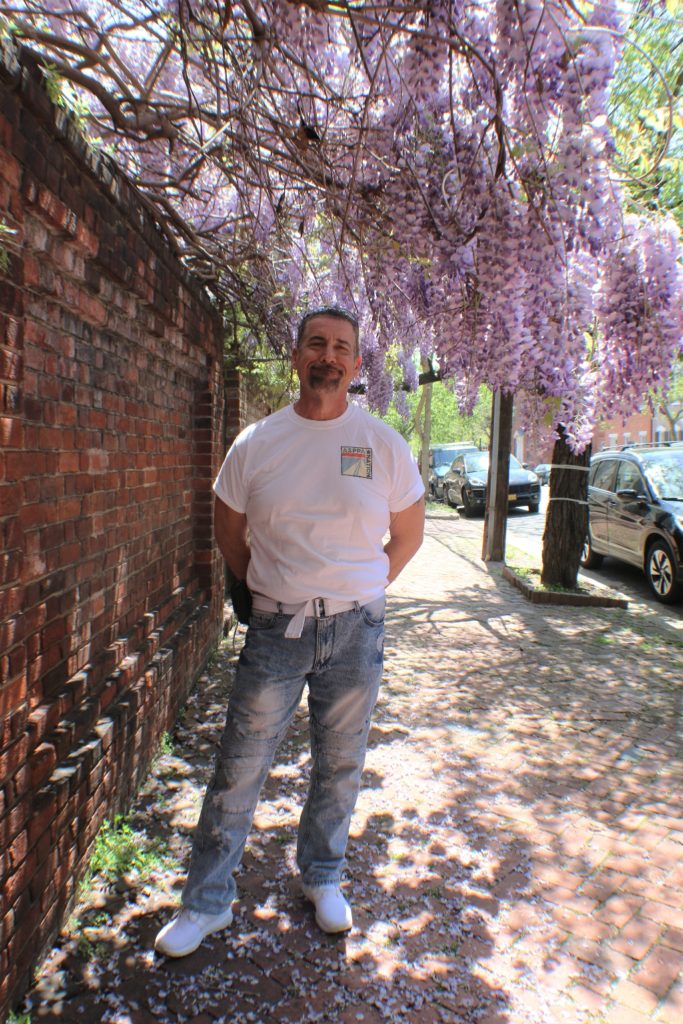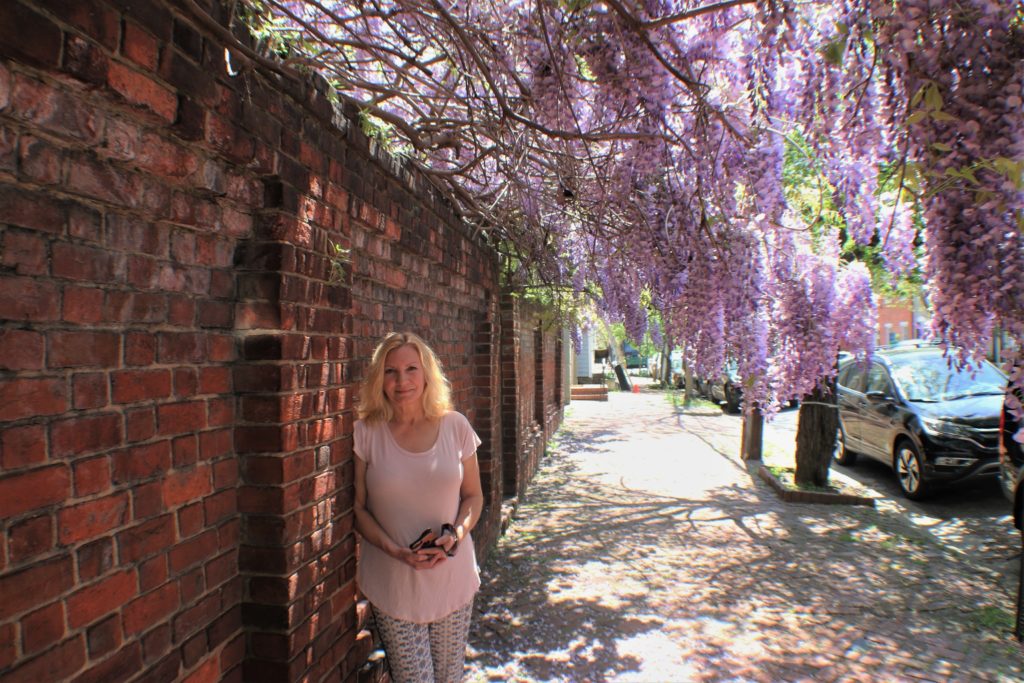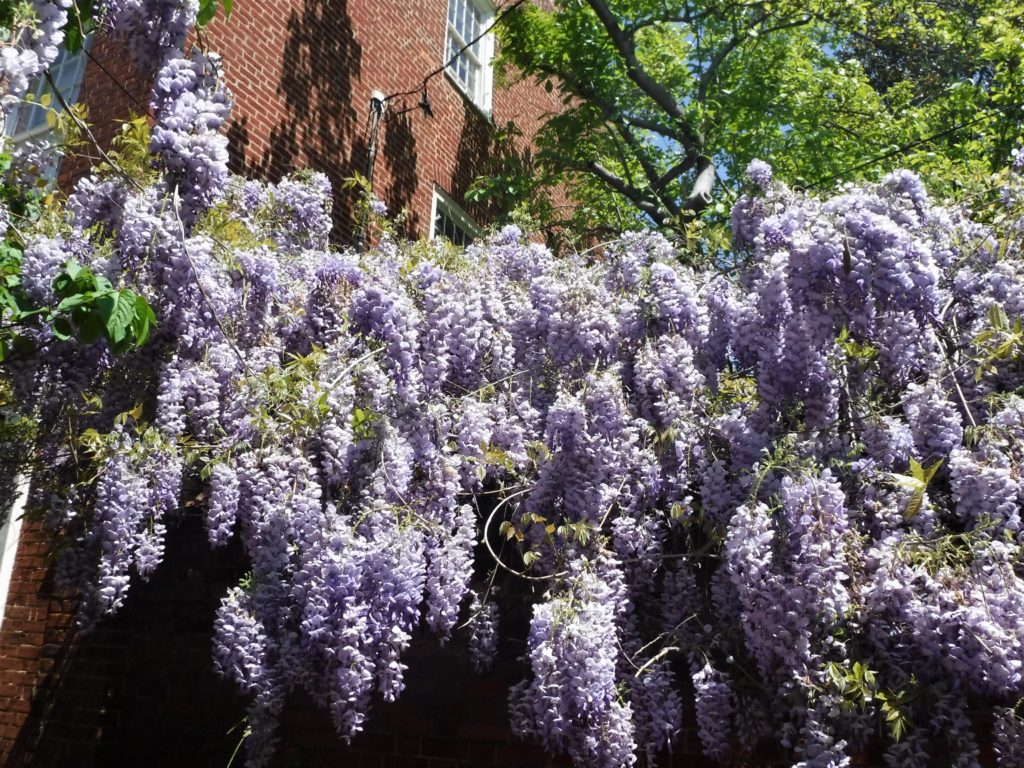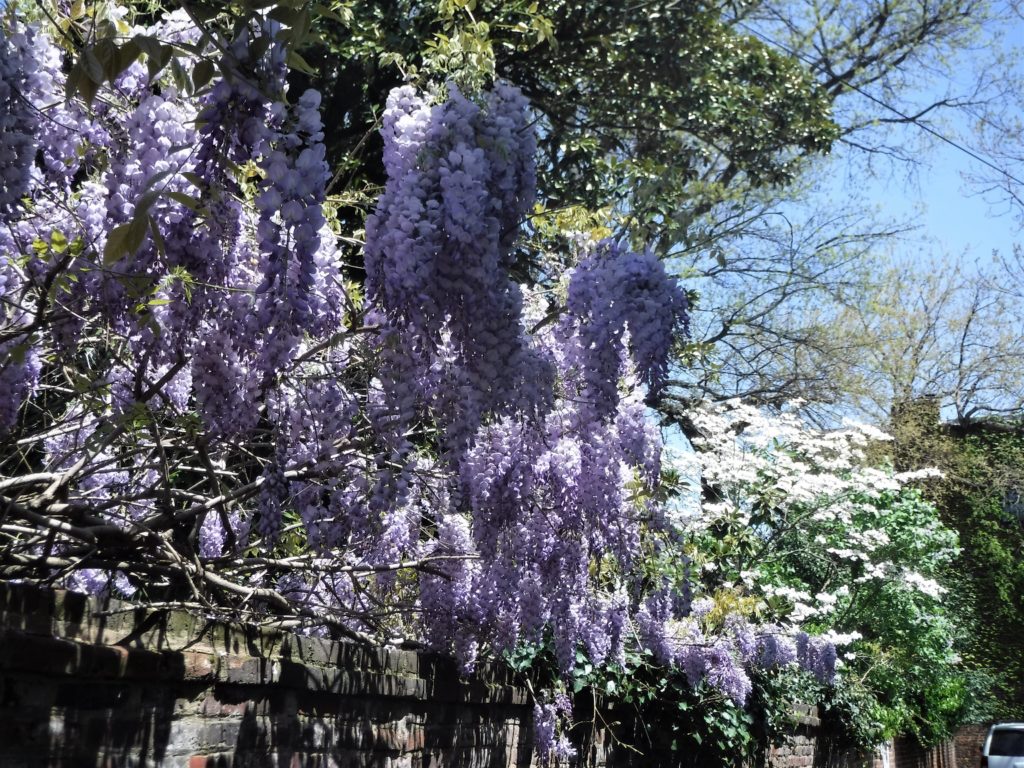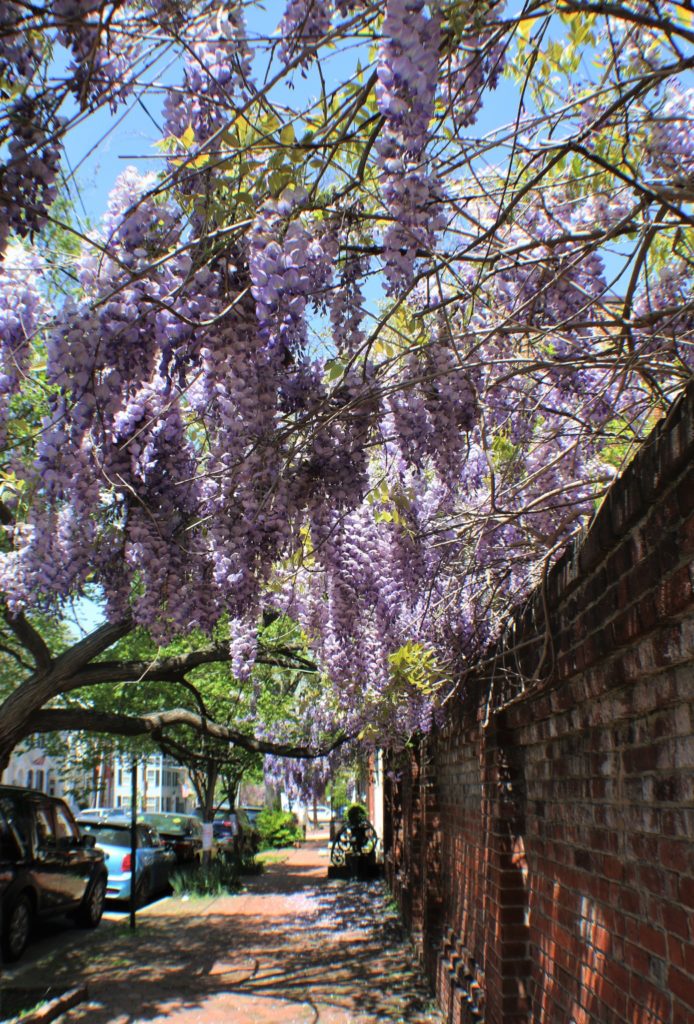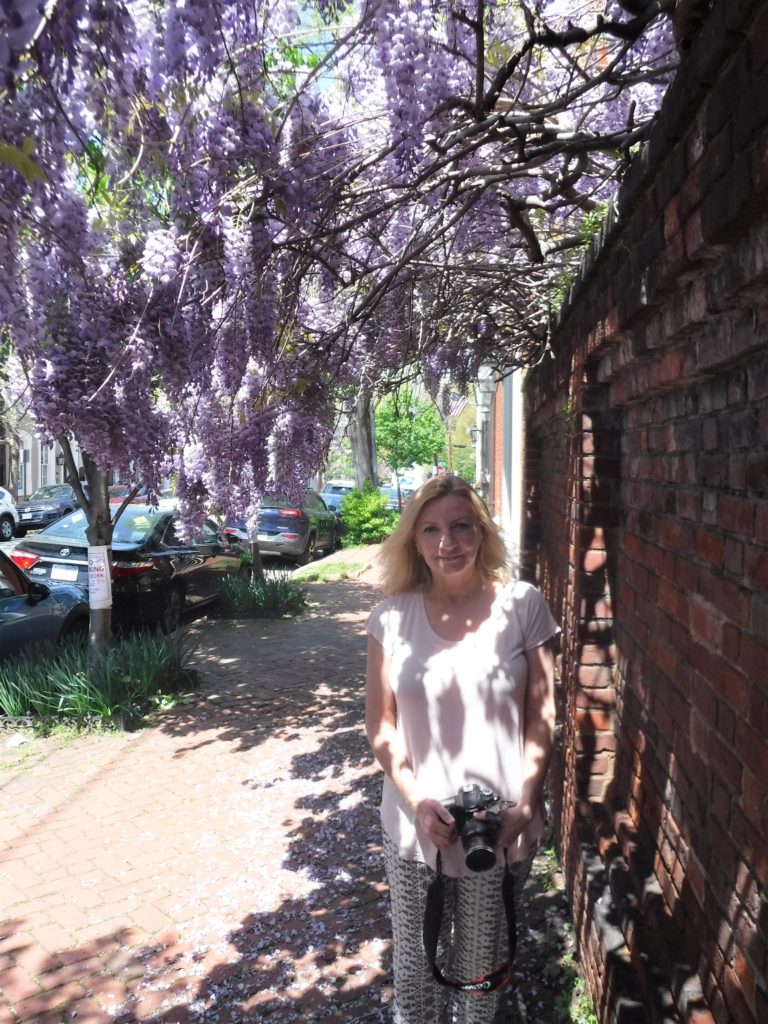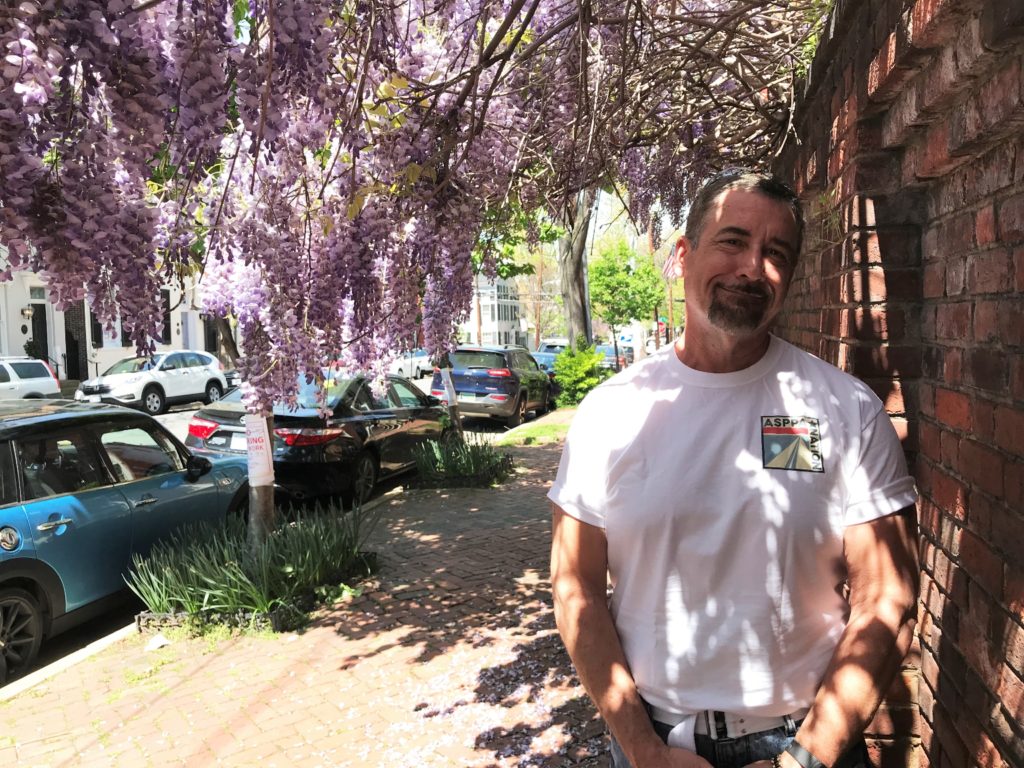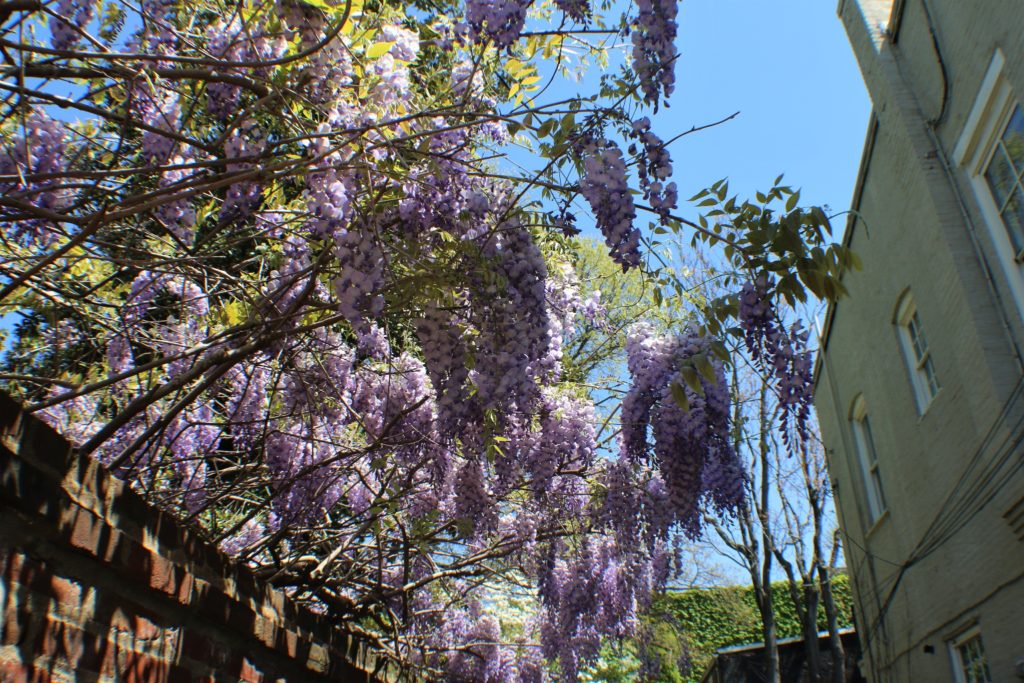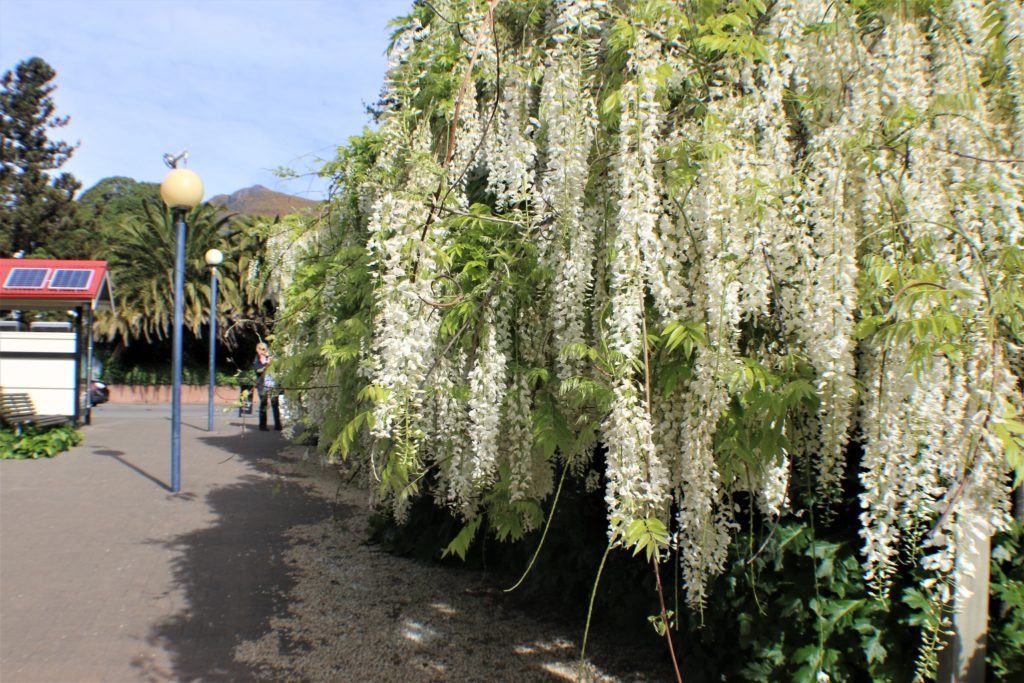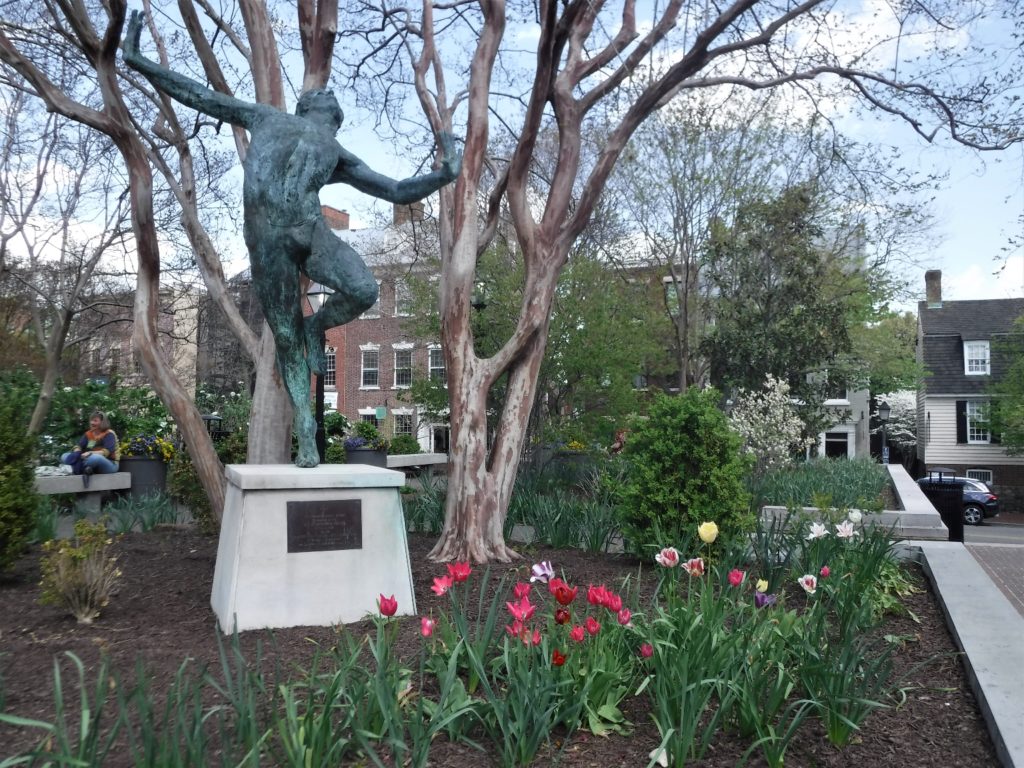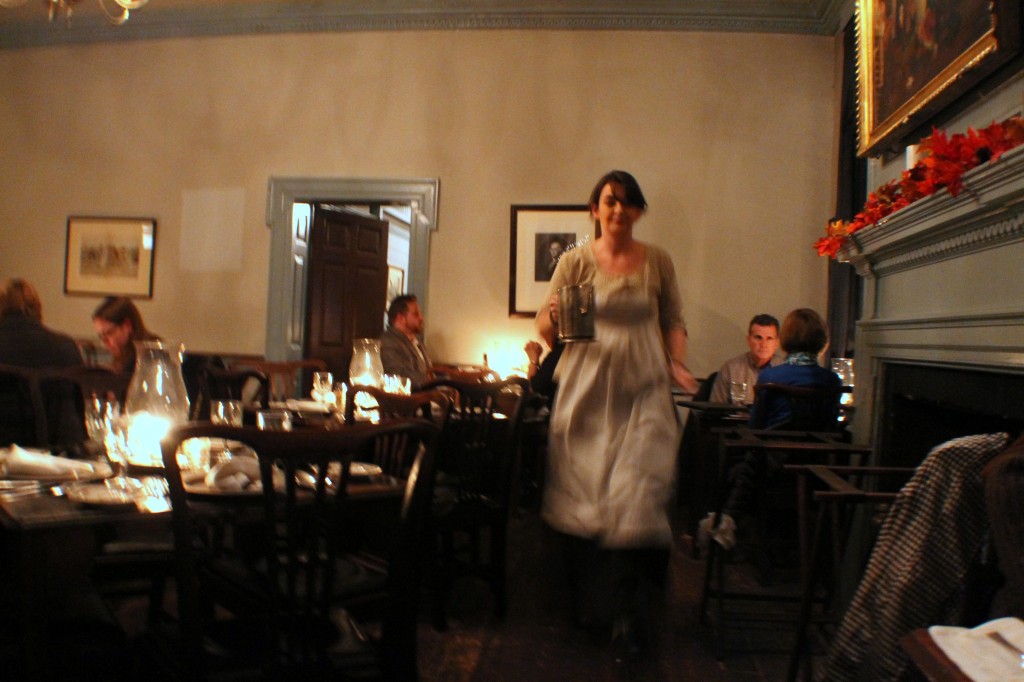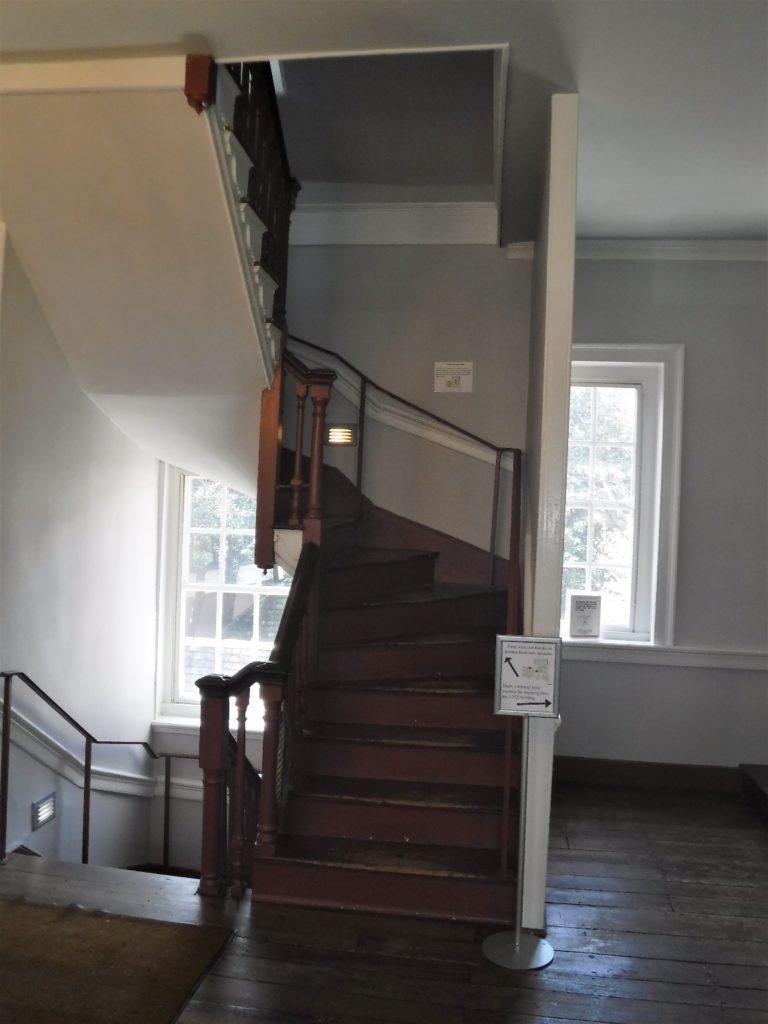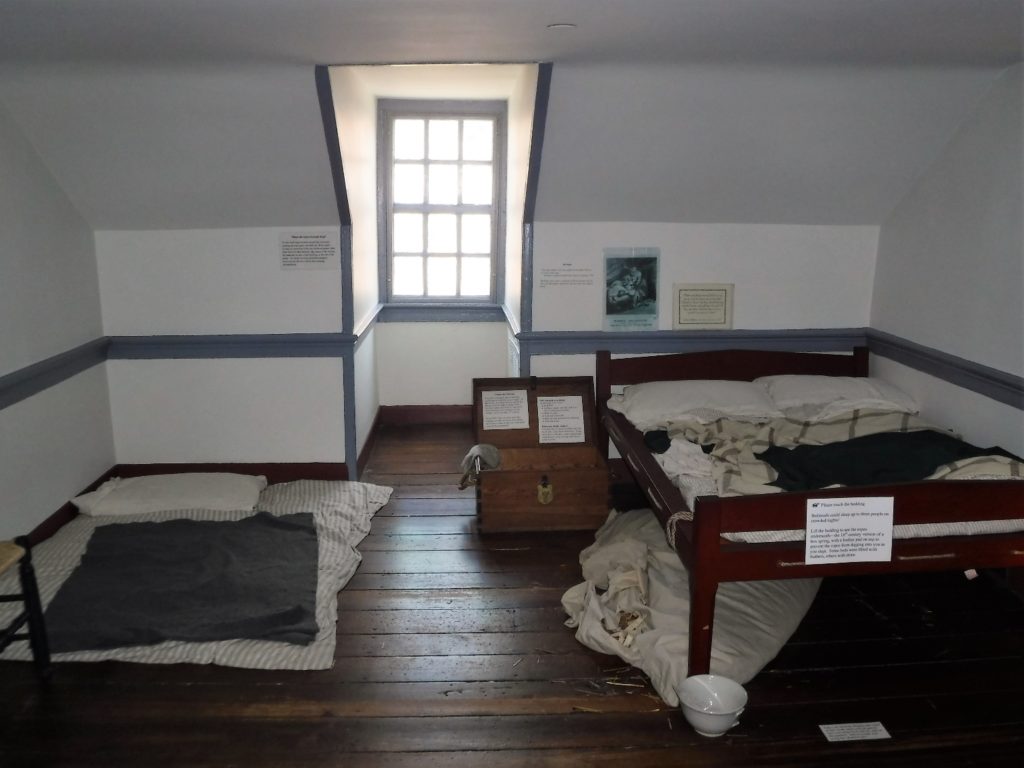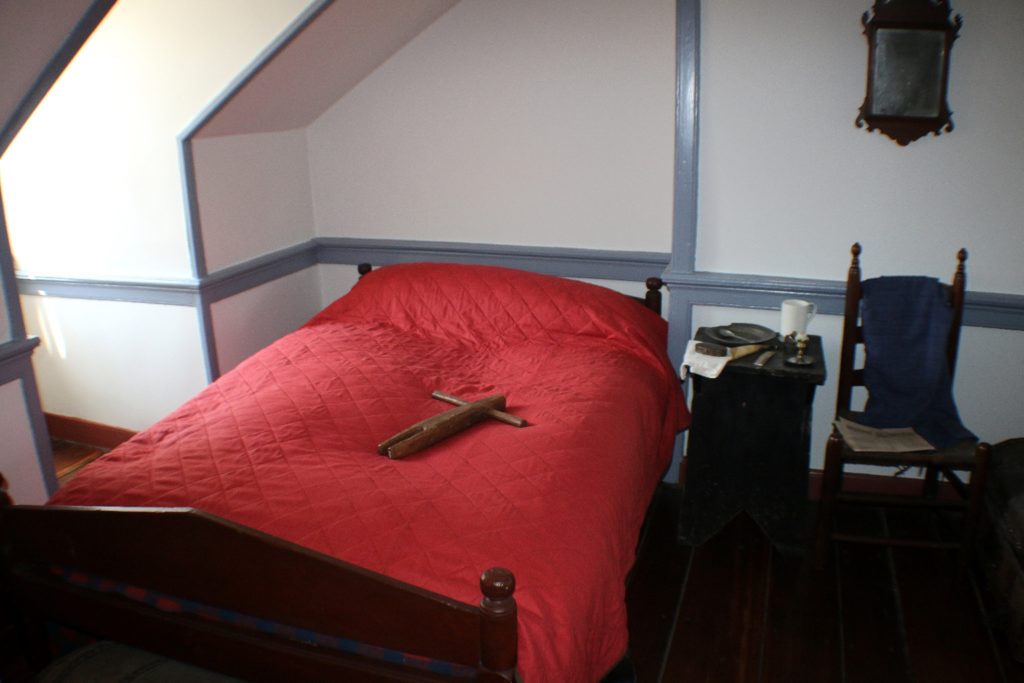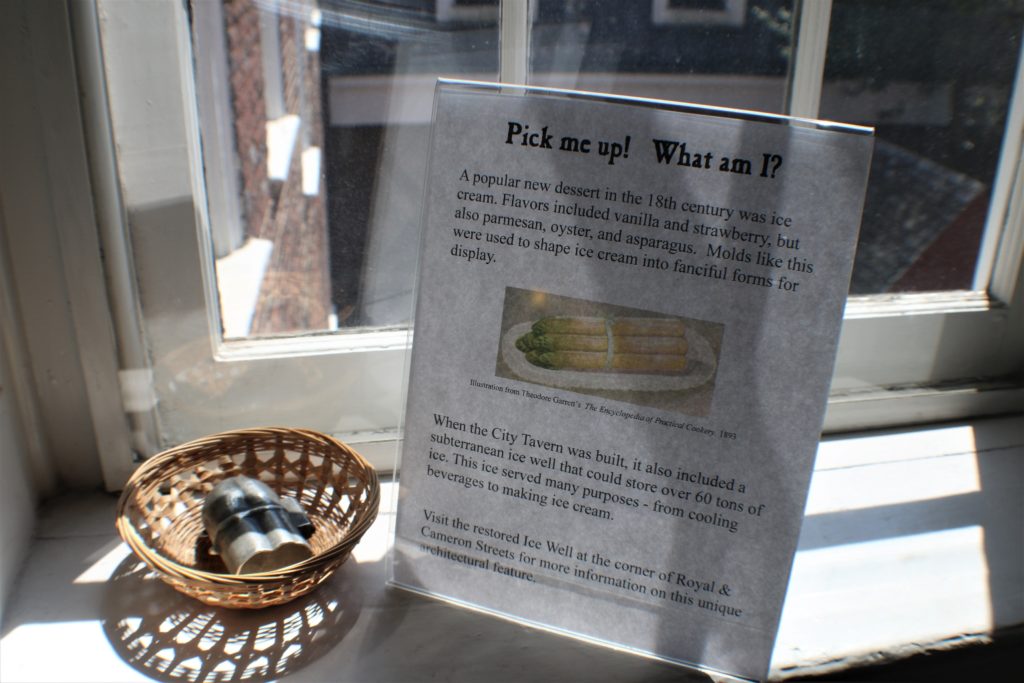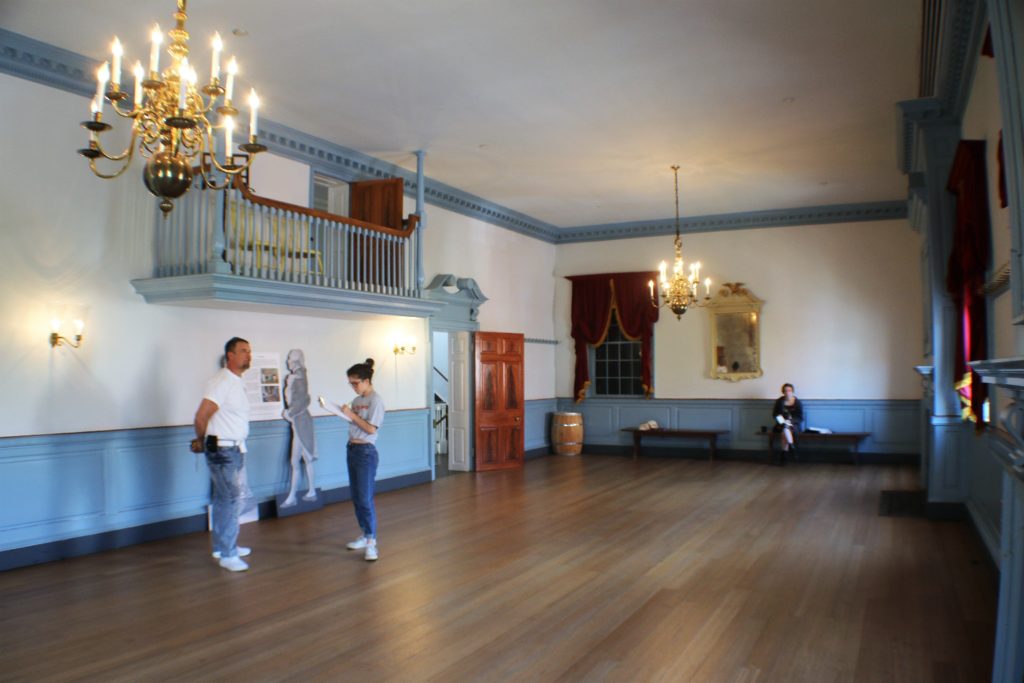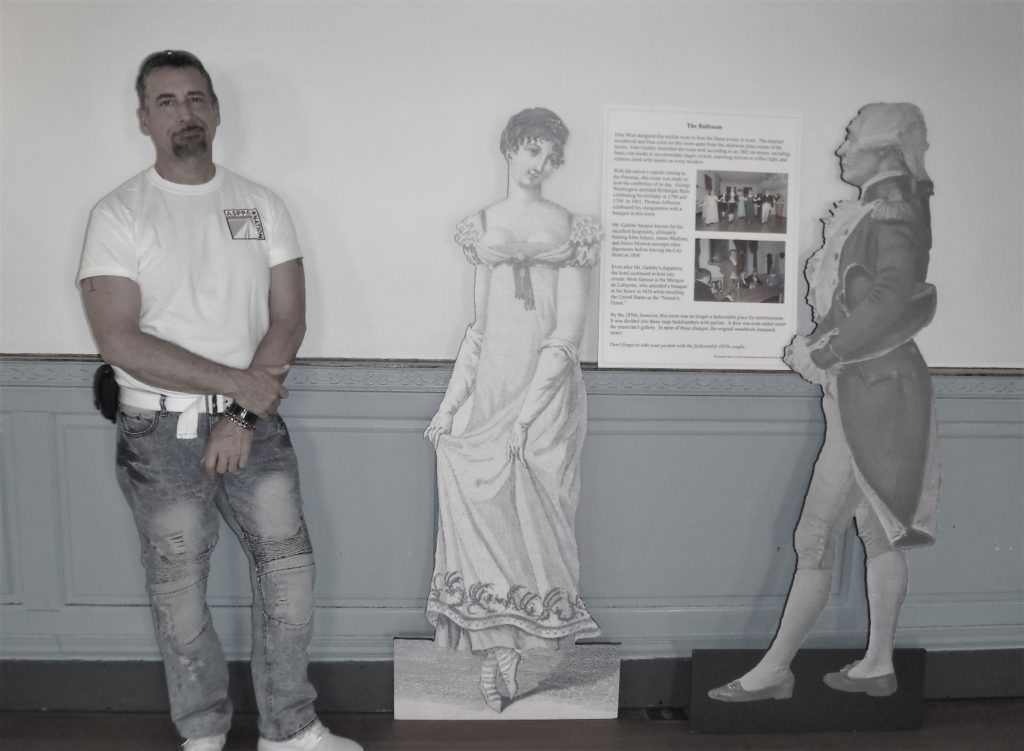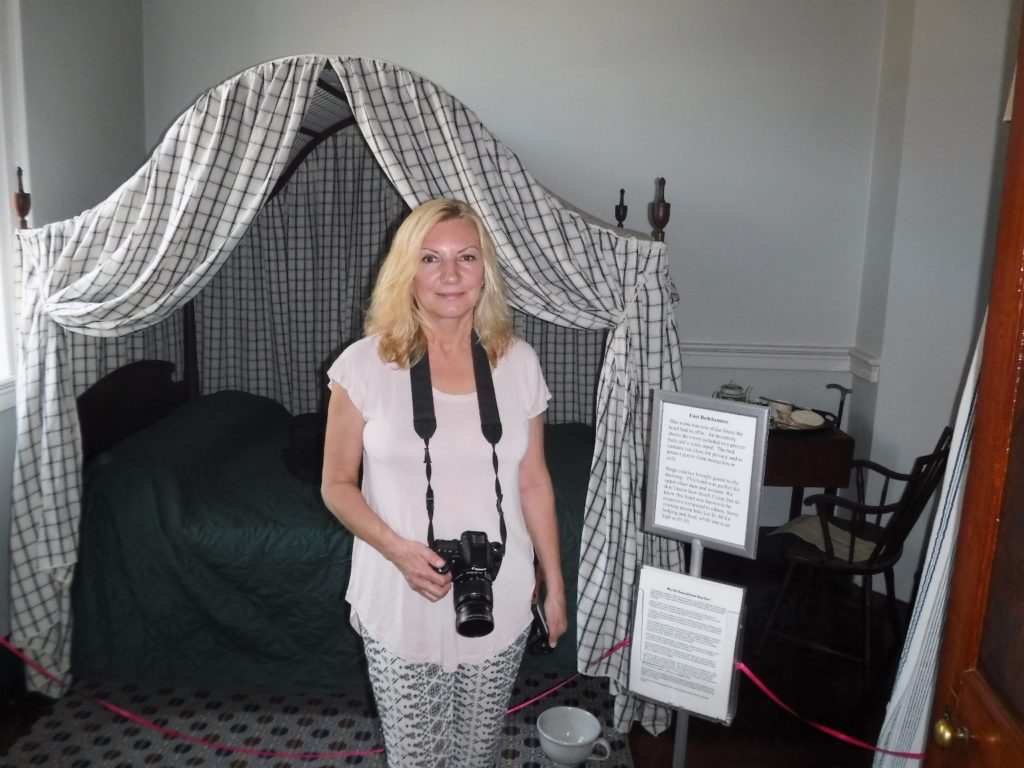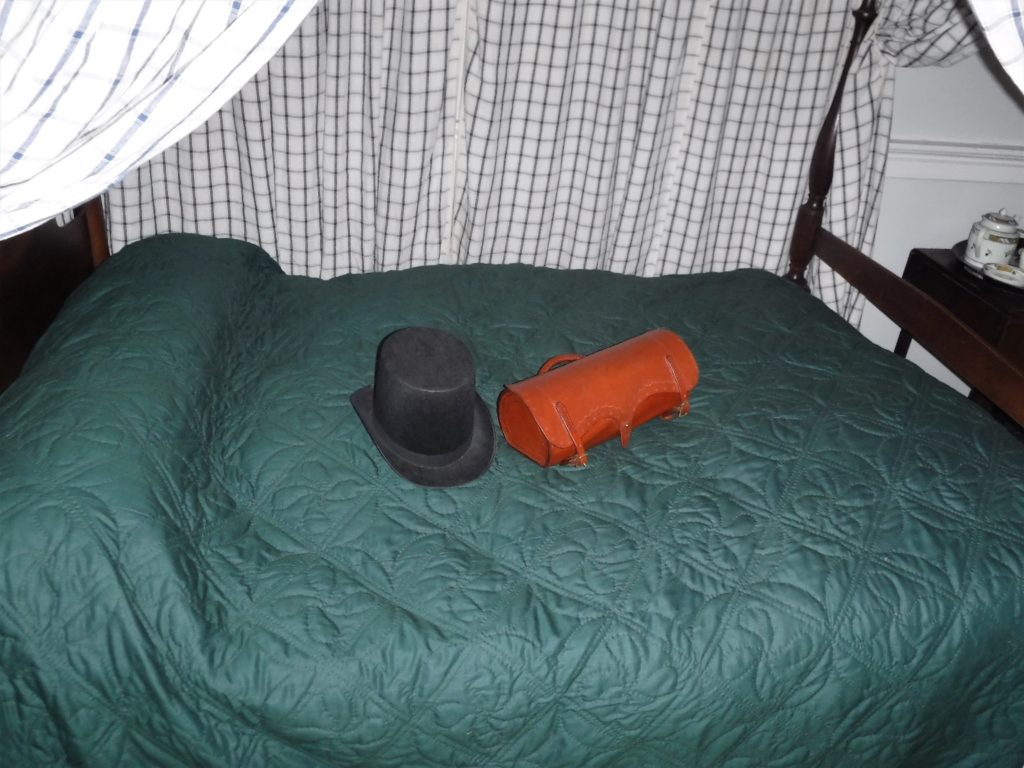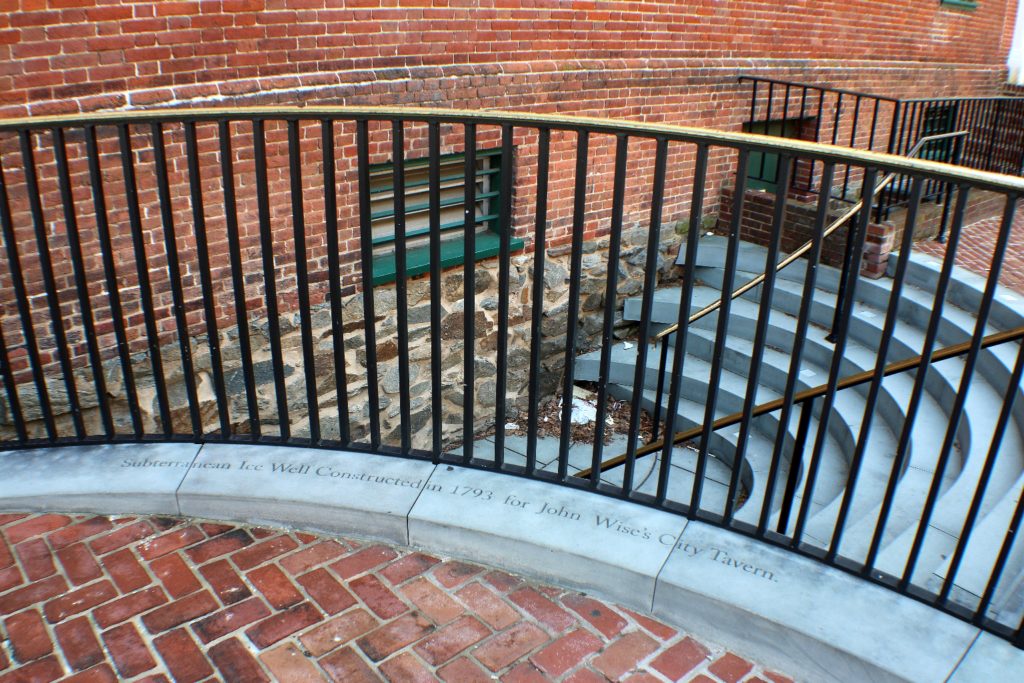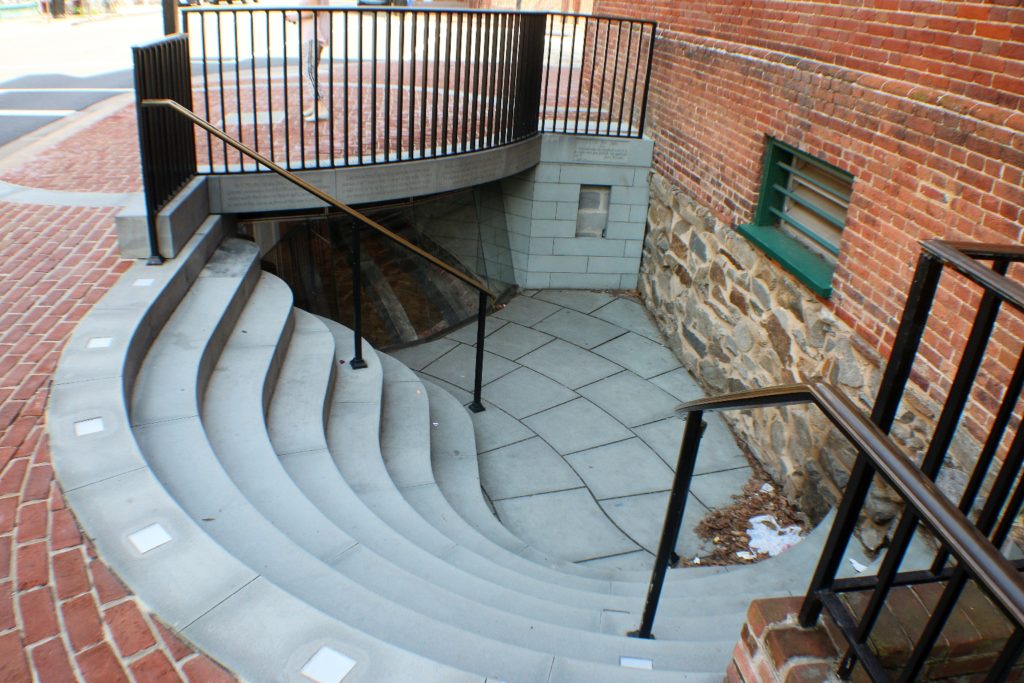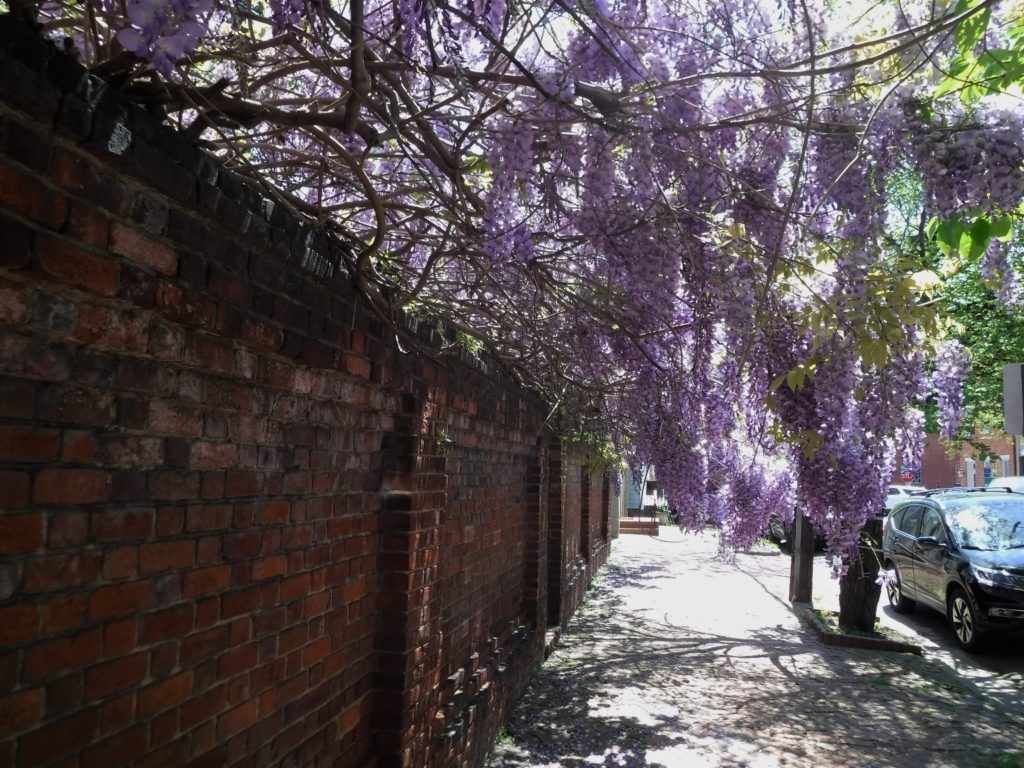
It’s finally feeling like Spring, so Dave and I decided to spend an afternoon in Old Town Alexandria. We didn’t have much on our agenda besides walking the cute streets of old town and visiting Gatsby’s Tavern museum.
While looking through Instagram, I stumbled upon some beautiful pictures of wisteria in bloom and decided to use the opportunity to see it in person. This fence covered with wisteria vines we found near Gatsby’s Tavern Museum. Wisteria bloom is one of my favorite, no wonder we took a lot of pictures.
The very first time I had a chance to see wisteria in bloom was in Akaroa, New Zealand. Such beautiful white wisteria!
For me, it is always a pleasure to visit old town with its cute brick houses and cobblestone streets.
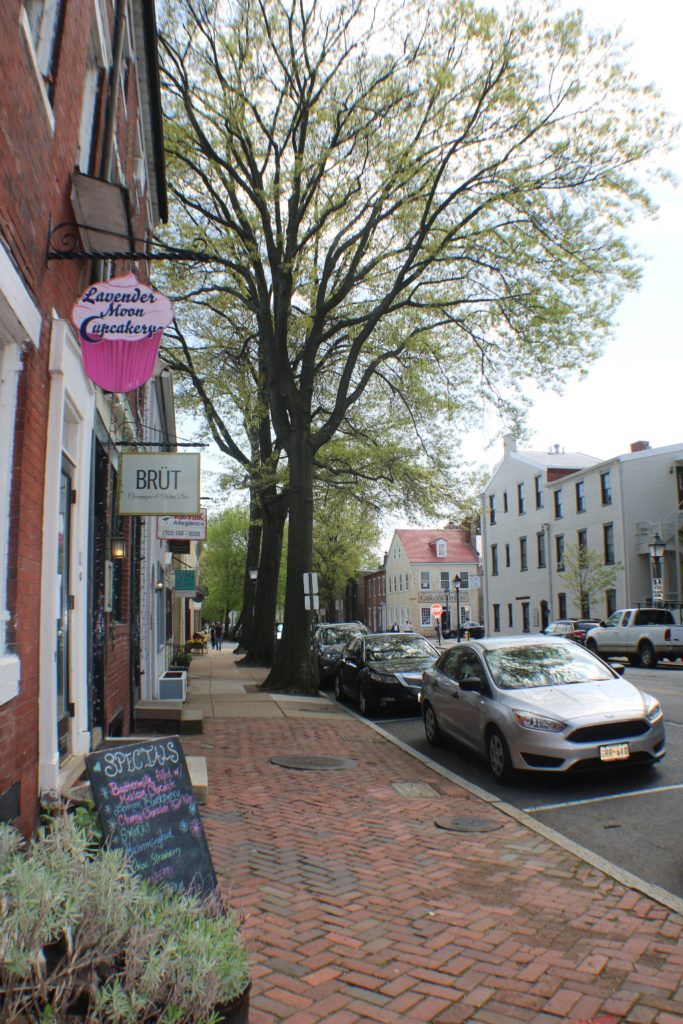
We walked to the Market Square with the Alexandria City Hall in the background and a fountain up front.
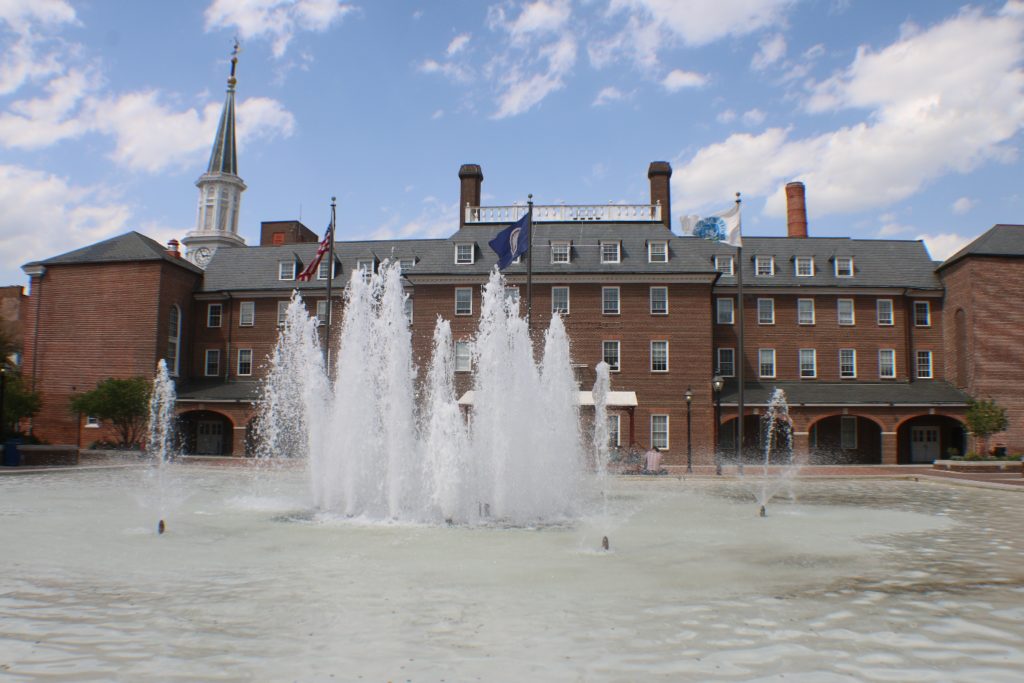
Brio sculpture of man in public Market Square.
The flower beds surrounding the Market Square.
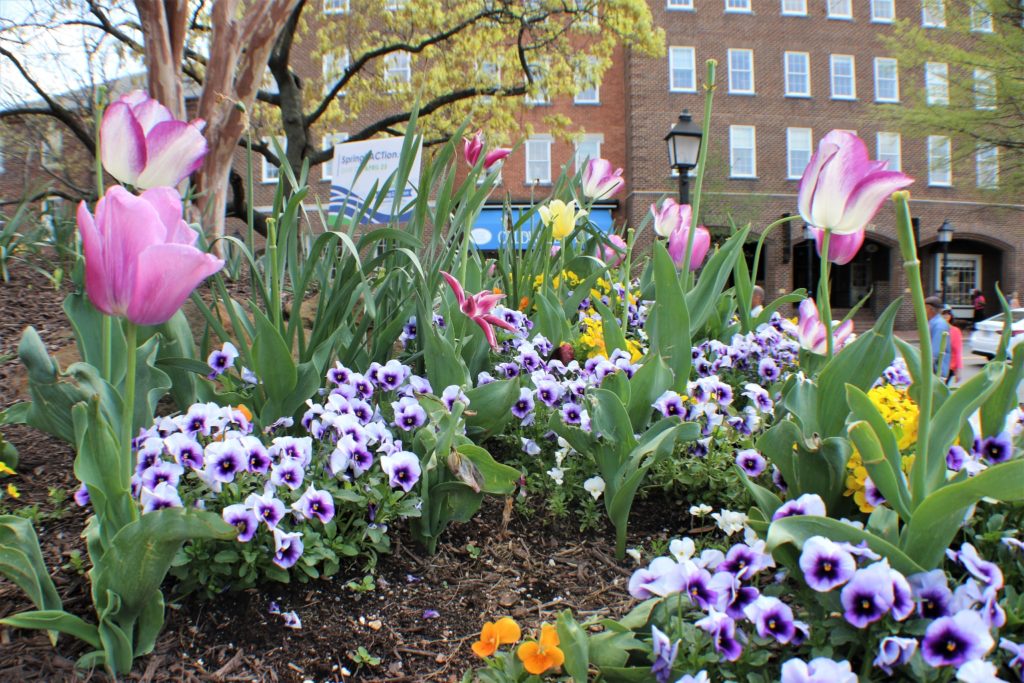
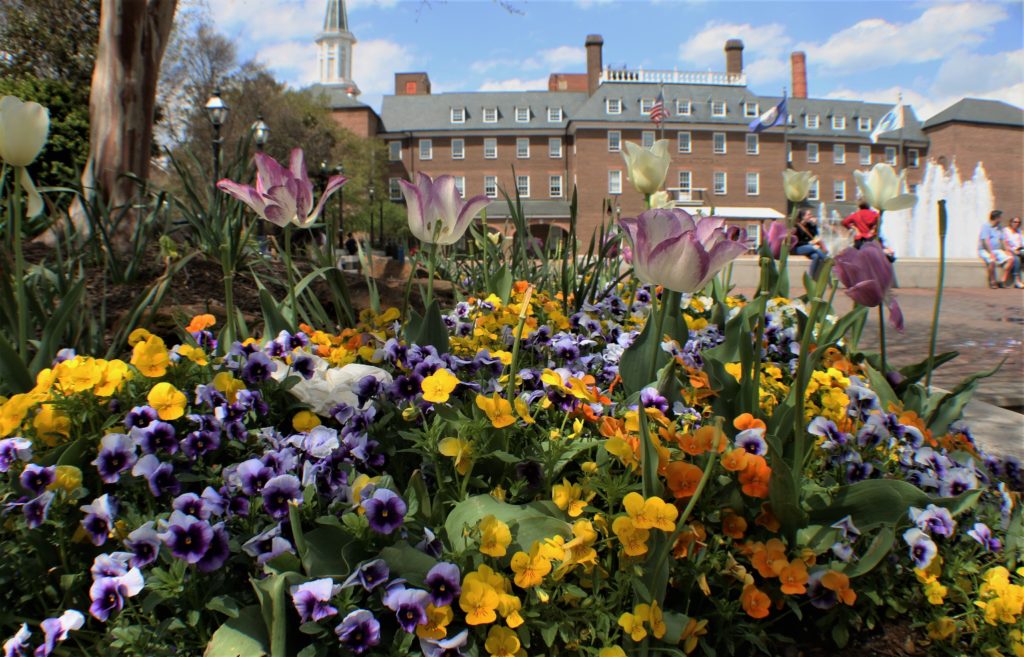
Our next stop was Gatsby’s Tavern Museum, which consists of 2 buildings: the tavern and the museum. We had dinner at the tavern a few years ago.
This time we went to the museum. This museum is attached to the restaurant and there is so much history throughout the entire tavern. The founding fathers and Washington in particular spent a lot of time here.
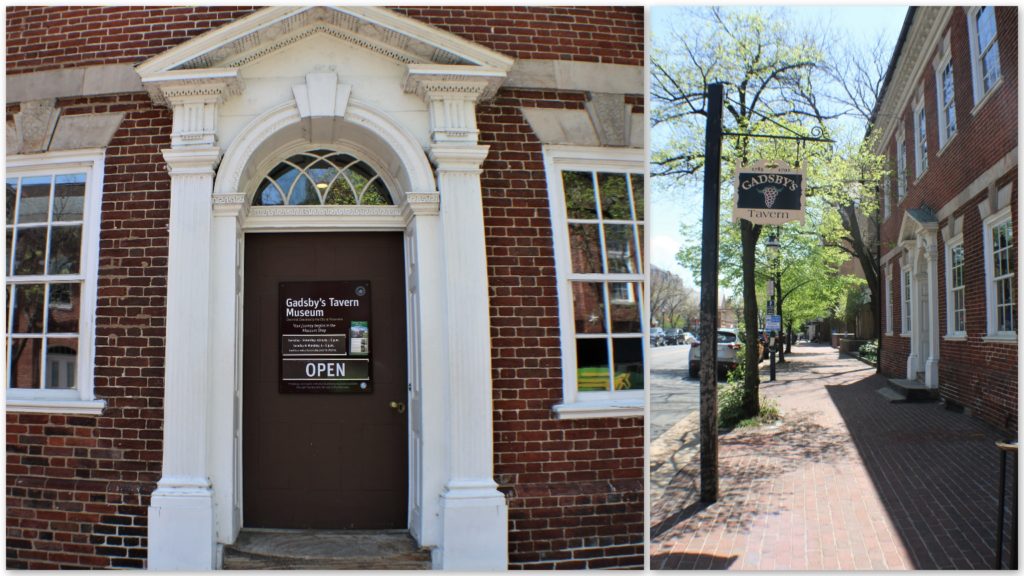
There is a board near the entrance with lots of information from old times. The tavern consists of several levels, including dining rooms, bedrooms, and a ballroom. It was interesting to learn about the life of travelers and uses of taverns in early American life.
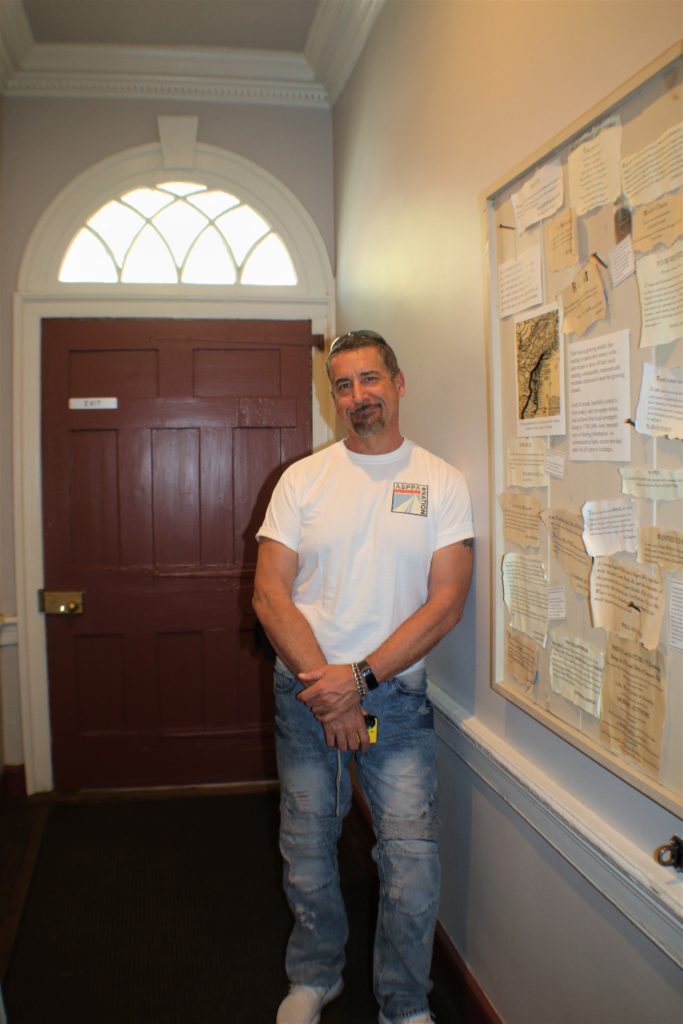
We started our self-guided tour with the Public Dining Room. The note states that without modern technology for communication, rooms like this were a valuable place to gather, bringing people from around the country and world together at the same table. Here, middle class men could talk with friends, hear the latest news, gossip over food, or conduct business. Women were generally not found in rooms like this. Instead, middle and upper class women hosted private teas in their homes, something men were less likely to do.
It was interesting to see the lodging and meals of those who stayed here during the late 1700s and early 1800s. There were the typical dinner menus by season. For example, fish was available every season except winter. The “fake” food on the tables was recreated by the chefs at the tavern from the original recipes.
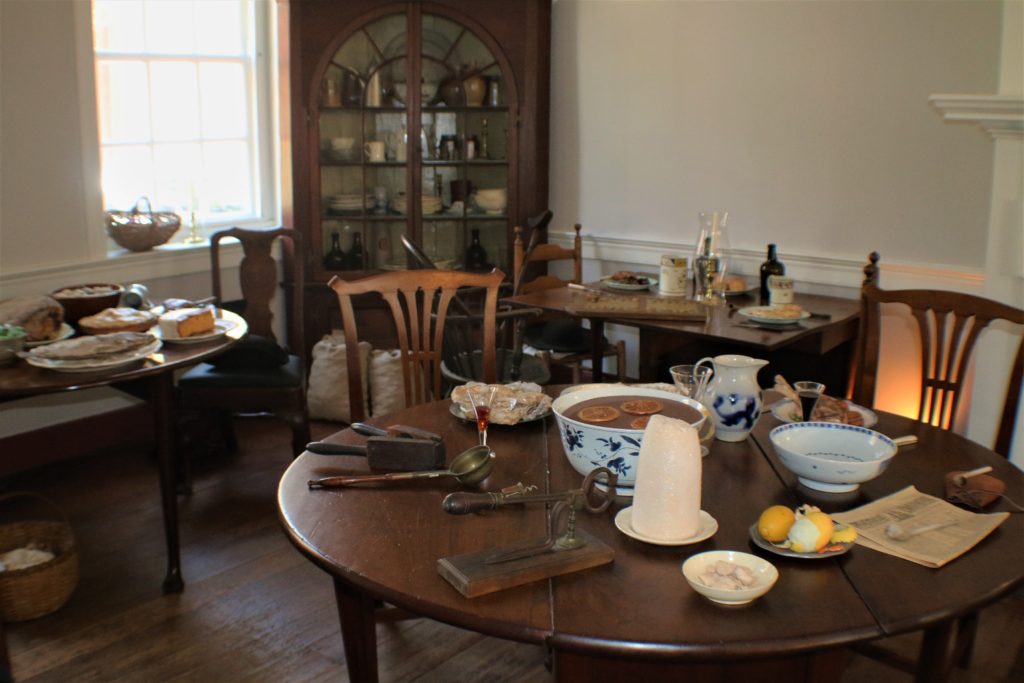
The tavern also has a Private Dining Room. As the city grew, so did the desire for privacy and refinement. The tavern keeper made extra money by offering private dining rooms to attract more elite clientele and providing meeting spaces for clubs and business partners.
George Washington, who had a townhouse nearby on Cameron Street, wrote in his diary that he ate here in 1786, likely in one of the tavern’s two private room. (The museum shop was the second one.)
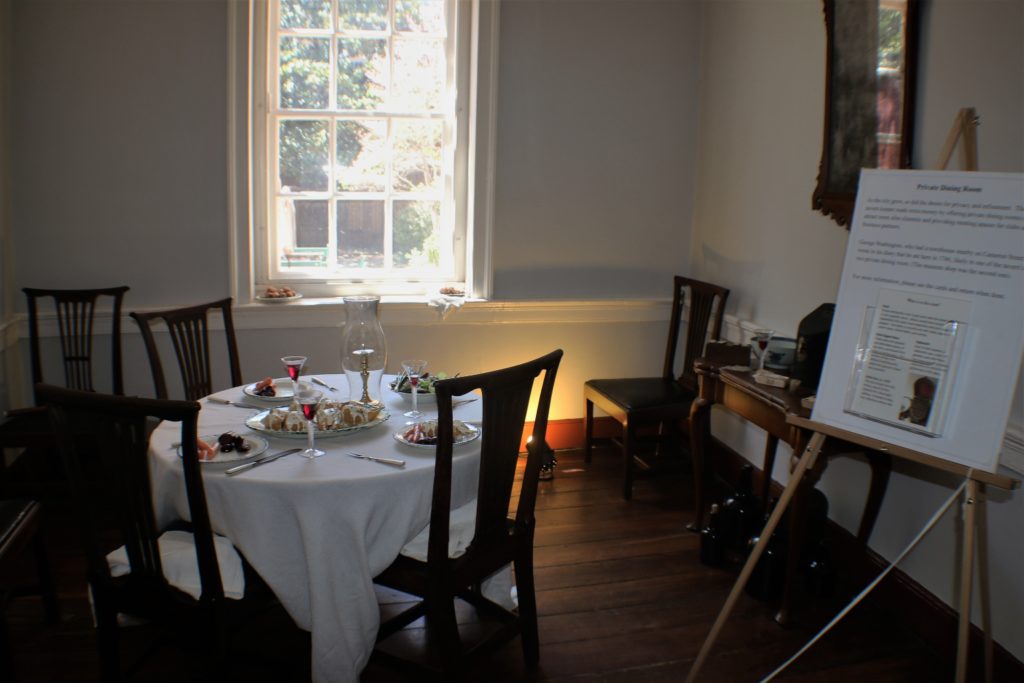
This is Assembly Room. Assembly rooms were open to both men and women and hosted a wide variety of events for Alexandria.
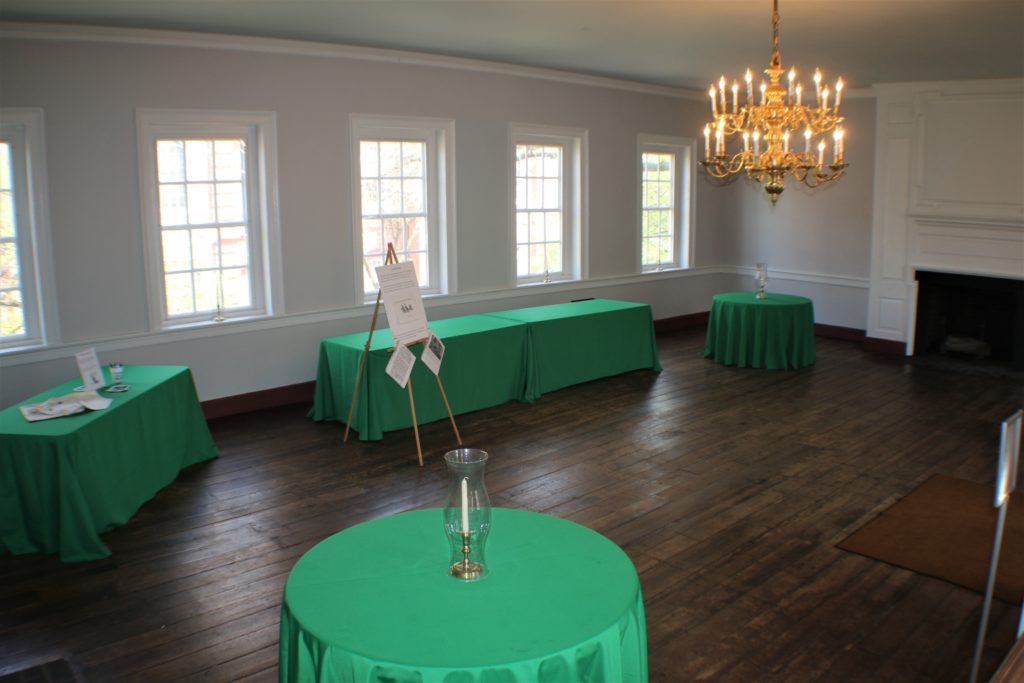
An interesting piece of Assembly Room furniture – Square Piano. The cabinet is set on a base, making it easy to dissemble and transport.
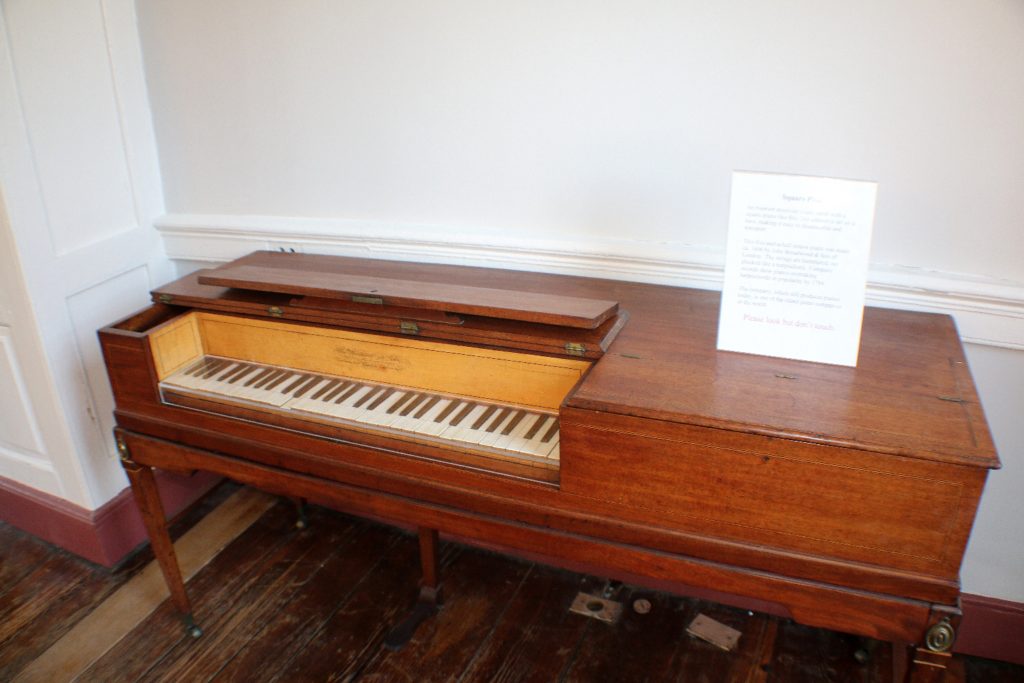
A steep staircase to the upper floor, where the dormer sleeping rooms are located.
Taverns only promised 18th-century travelers a space to sleep and “clean” sheets as a service in the dormer sleeping rooms.
Trunk, aka Suitcase.
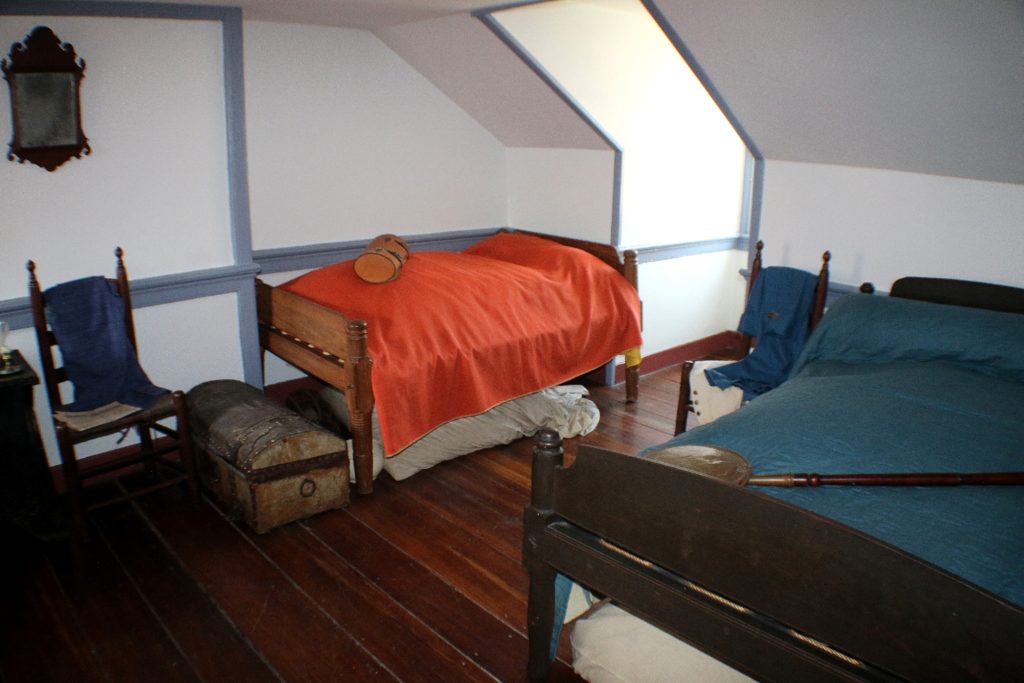
The wooden thing sitting on the bed… It is used to tighten the ropes that are under the bed mattress. When the ropes begin to sag, you can stick this tool into a loop on the outside of the frame, pull the loose rope and tie it together.
Bedsteads could sleep up to three people on crowded nights! The ropes underneath the bedding is the 18th century version of a box spring. Some beds were filled with feathers, others with straw.
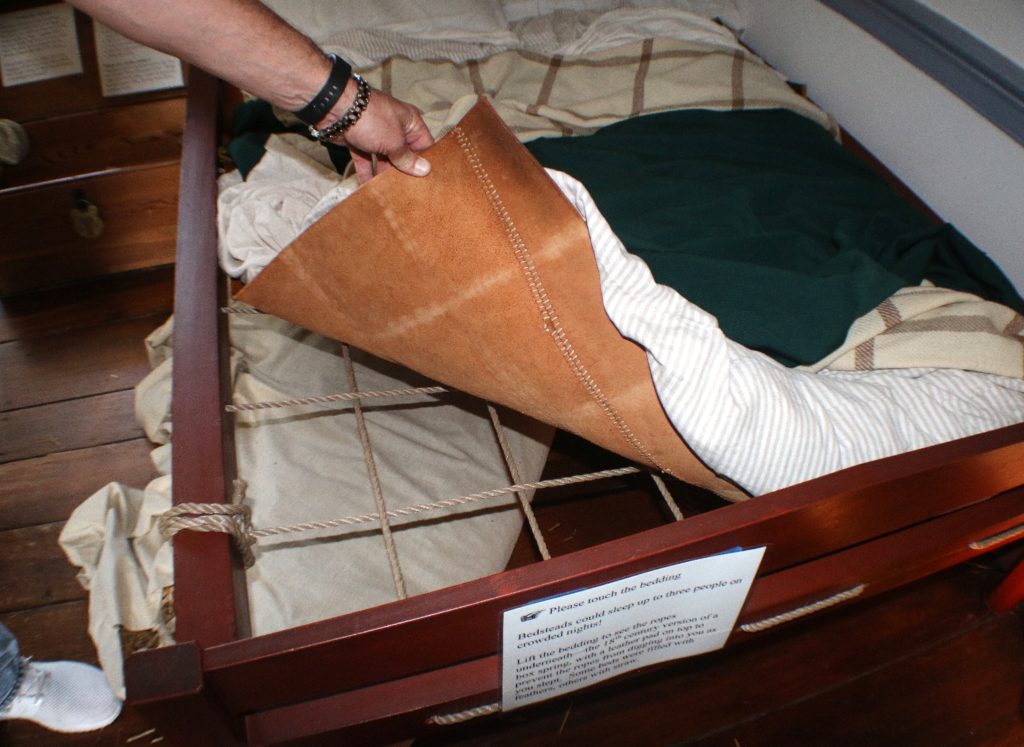
What’s outside? The restaurant rents the courtyard for special events and uses the building as a bar and storage. In the 18th century, guests arriving by horse or carriage would have entered through the courtyard and walked past where enslaved people cooked, cared for horses, and hand-washed laundry.
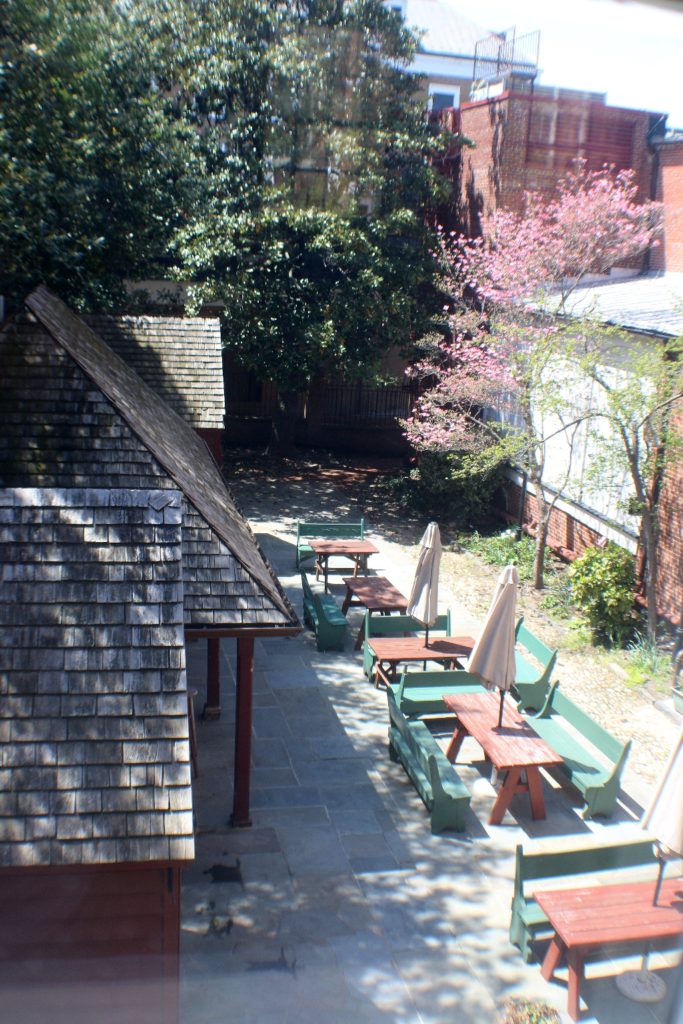
John Gadsby, the museum’s namesake, put the City Tavern on the map thanks to his reputation for gracious hospitality and fine events. This portrait was painted decades later near the end of Mr.Gadsby’s career by his grandson, the famous painter John Gadsby Chapman. it hung in Mr.Gadsby’s final hotel, the National Hotel.
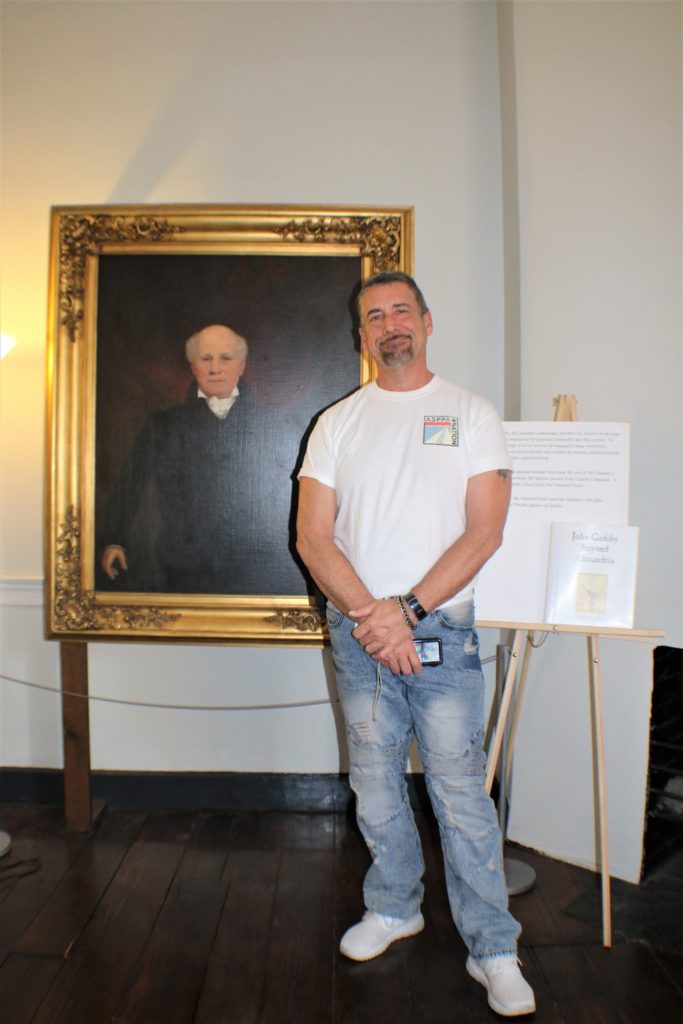
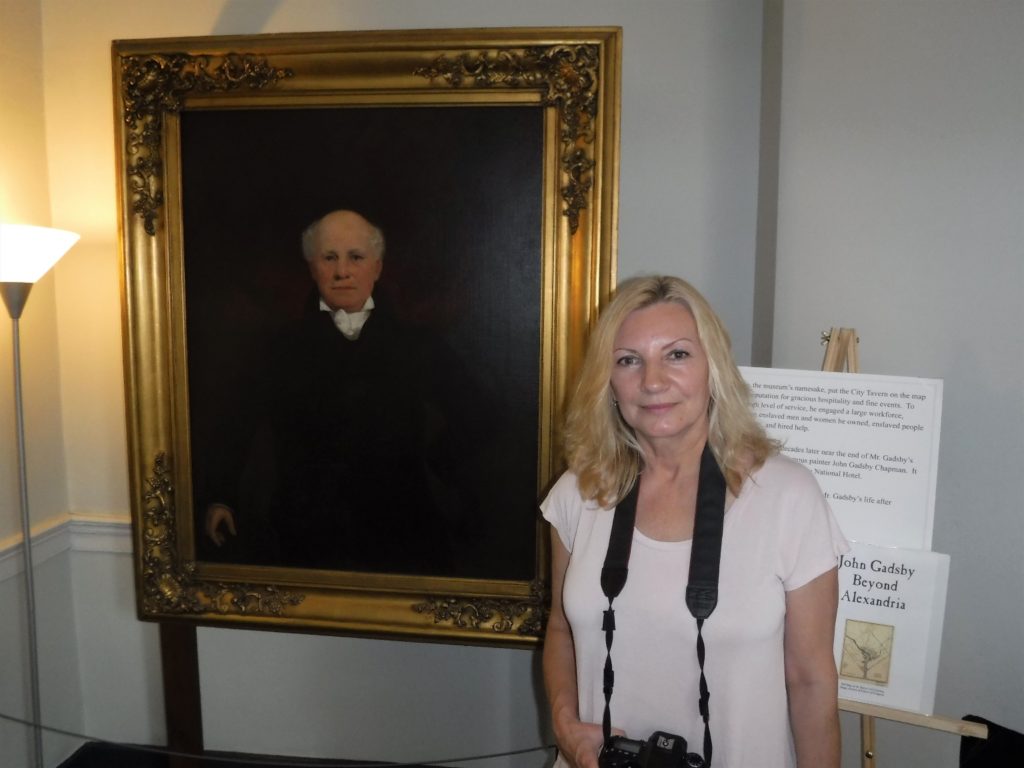
Ice cream mold. Flavors included vanilla and strawberry, but also parmesan, oyster, and asparagus. (?!)
The Ballroom. John Wise, first tavern’s owner, designed this stylish room to host the finest events in town. John Gadsby furnished the room well according to an 1802 inventory, including brass coat hooks to accommodate larger crowds, matching mirrors to reflect light, and curtains lined with tassels on every window.
This room hosted the celebrities of its day. George Washington attended Birthnight Balls celebrating his birthday in 1798 and 1799. Thomas Jefferson celebrated his inauguration with a banquet in this room.
Mr. Gadsby became known for his hospitality, ultimately hosting John Adams, James Madison, and James Monroe amongst other dignitaries. The Marquis de Lafayette attended a banquet in his honor in 1824.
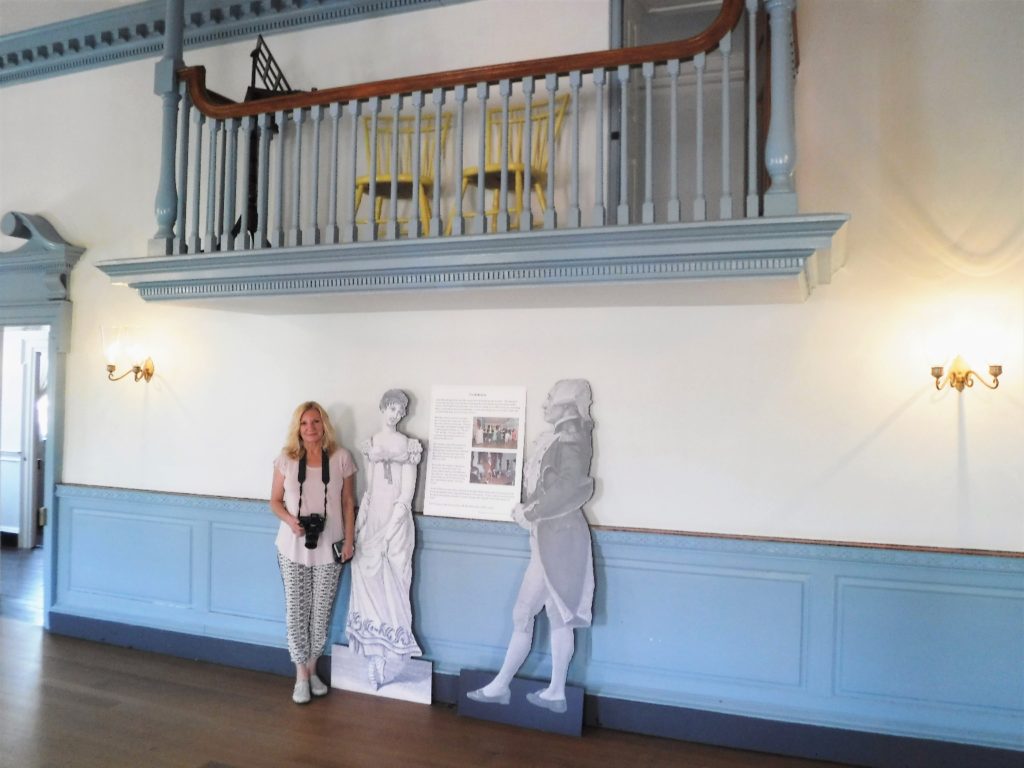
The lovely ballroom is well preserved and still used today for special Alexandria events. The closest event scheduled to be hosted here is the Jane Austin Ball. The picture below is from Gadsby’s Museum Facebook page: “The Jane Austen Ball: Mr. Darcy’s Delight is underway!”
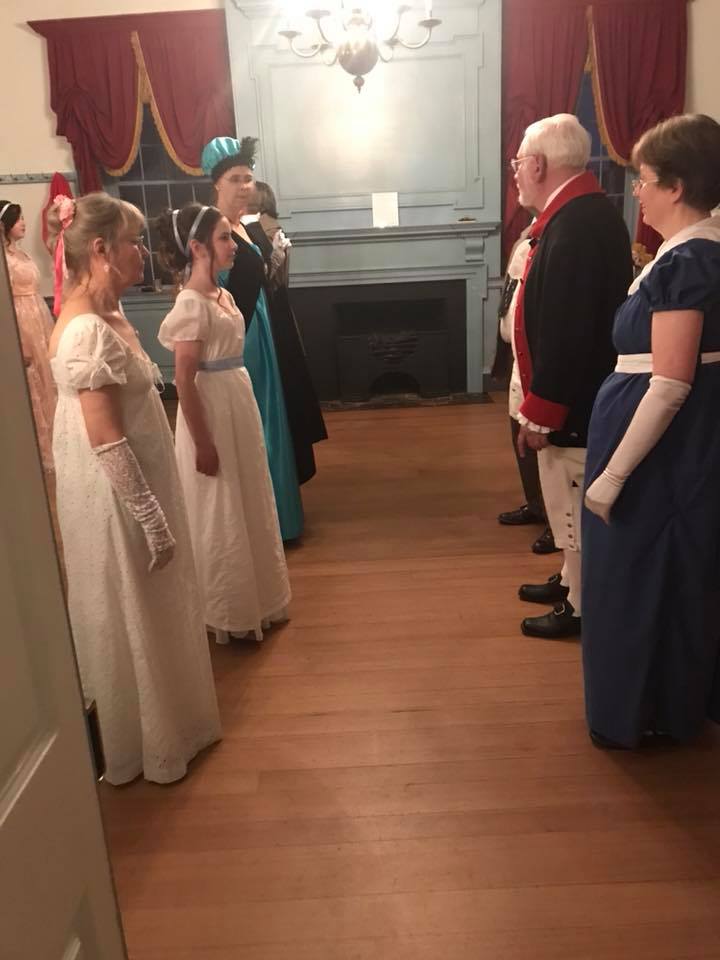
East Bedchamber. This room was one of the finest the hotel had to offer. Thomas Jefferson slept there.
We made sure to peek into the old ice well at the corner of building.
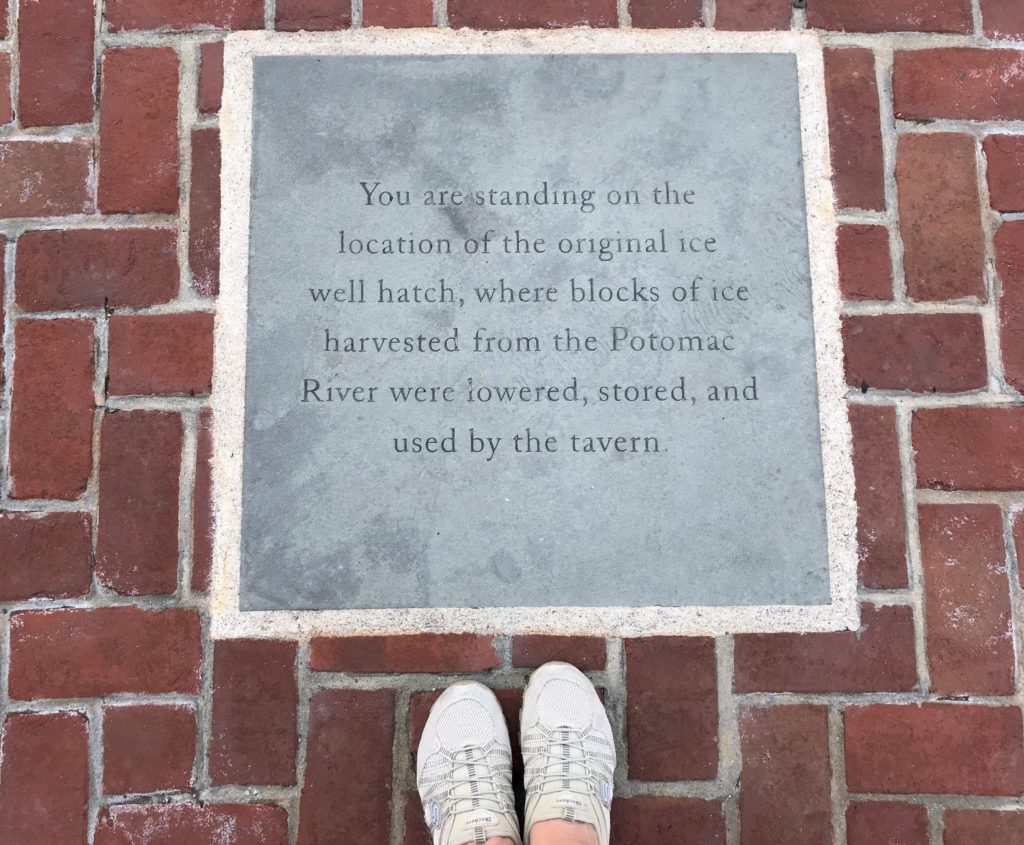
When City Tavern was built, it also included a subterranean ice well that could store over 60 tons of ice. This ice served many purposes – from cooling beverages to making ice cream. This is the end of our Gadsby’s Tavern tour.
